Telegraph Point and Shell Beach - Western Australia
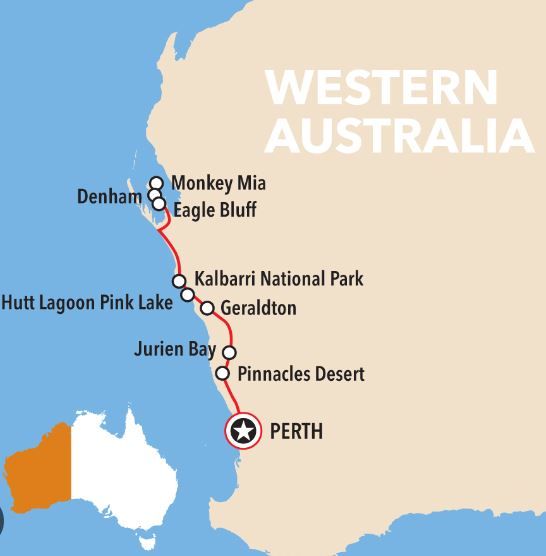
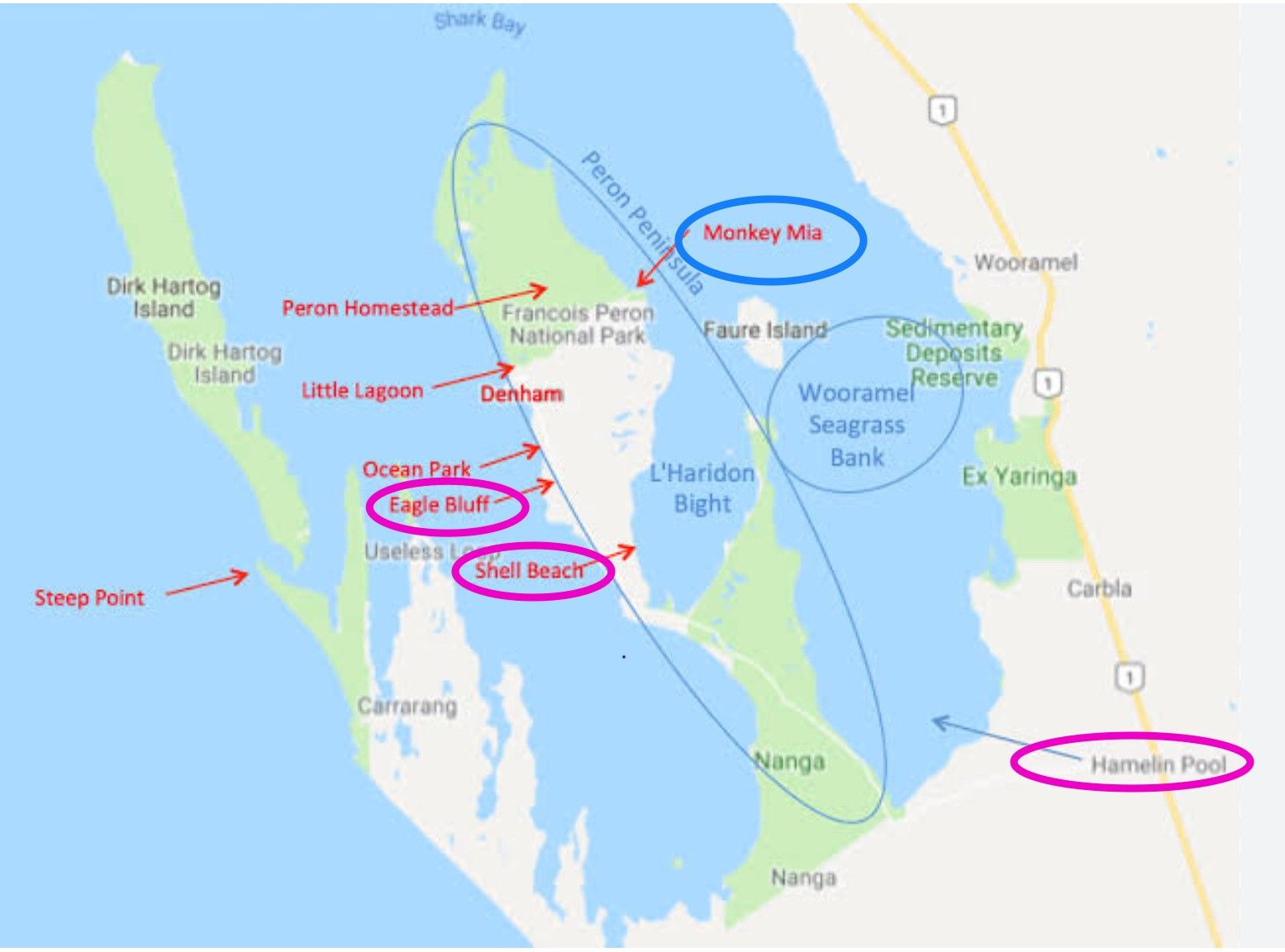
Recently I travelled the length of Western Australia from Broome to Perth and so far I have shared some highlights of Broome, Ningaloo Reef and Monkey Mia. If you have missed these posts, use the magnifying glass at the top of any post and search for Western Australia.
Join me today, as the journey continues.
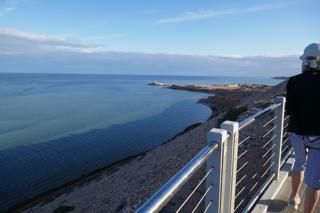
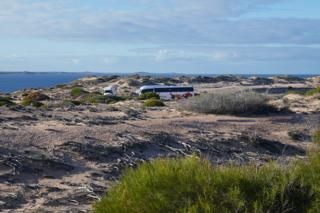
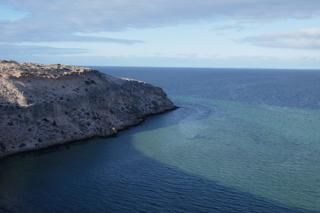
Leaving Monkey Mia we explored more of the coastline, stopping at Eagle Bluff Lookout to gaze out to the vast Indian Ocean, then Shell Beach, at Hamelin Pool, also part of the same huge marine nature reserve as Monkey Mia. This snow-white beach is made up of billions of tiny cockle shells up to 10 metres deep and stretching for over 70 kilometres. There is no sand, only shells!
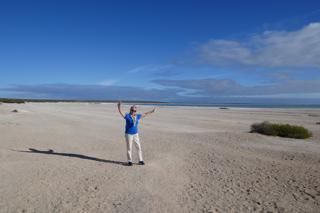
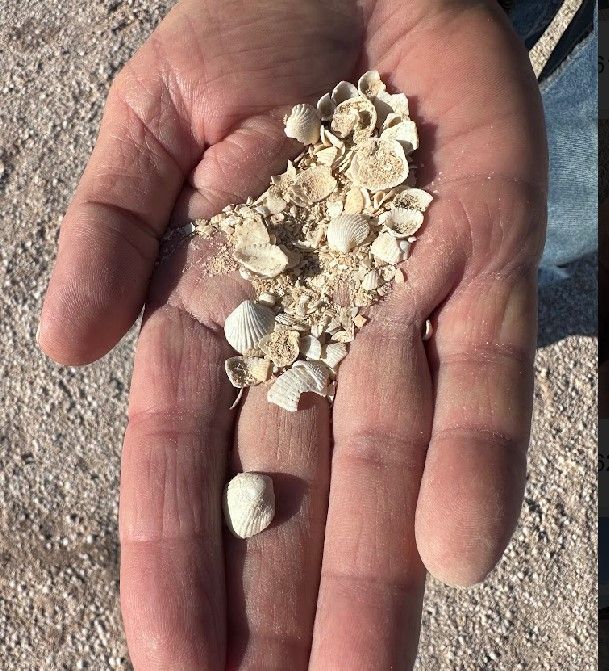
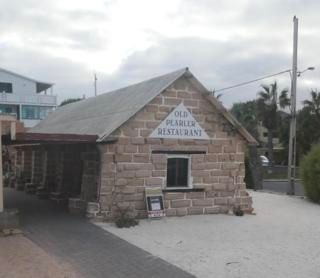
The water here is twice as salty as the ocean allowing just one species to flourish in their billions - the Fragum Cockle - thousands of years’ worth to form this expansive beach. In the early 1900s, the hard packed shells were quarried, cut into blocks and used to construct a number of historic buildings, for example the Old Pearler Restaurant, in nearby Denham (the most westerly town in Australia).
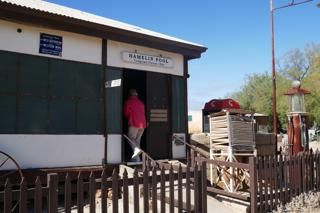
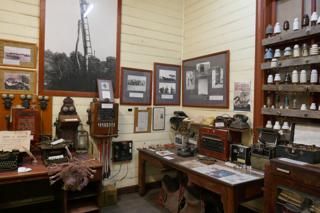
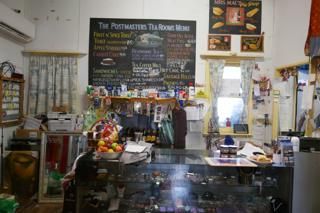
We called into Telegraph Point, one of the repeater stations that were located every 100 miles or so up to Cable Beach. This one is the oldest in its original position. The shop filled with a quirky array of items, old and new; nice scarves at reasonable prices and most of us girls made a purchase.
There’s a small museum filled with memorabilia - telegrams were sent using morse code and one operator could memorise up to 20 telegrams! What a feat and a far cry from our modern communications these days.
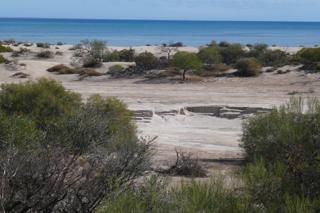
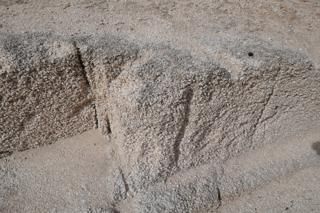
We walked through the quarry where the shell bricks were cut and along the shore, we saw living stromatolites. Plenty of places in the world have fossilised stromatolites but the only other place with live ones is in the Bahamas.
These layered rocks are made up of organisms which also require very salty waters. Said to be 3 billion years ago, they photosynthesise in the clear waters with sunlight and CO2 to produce the vital oxygen enabling life forms to develop on our planet. Without stromatolites the plants and animals we know today, even humans would not have evolved.
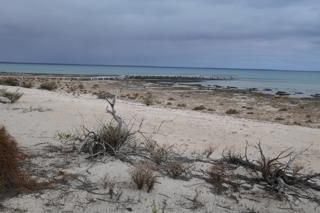
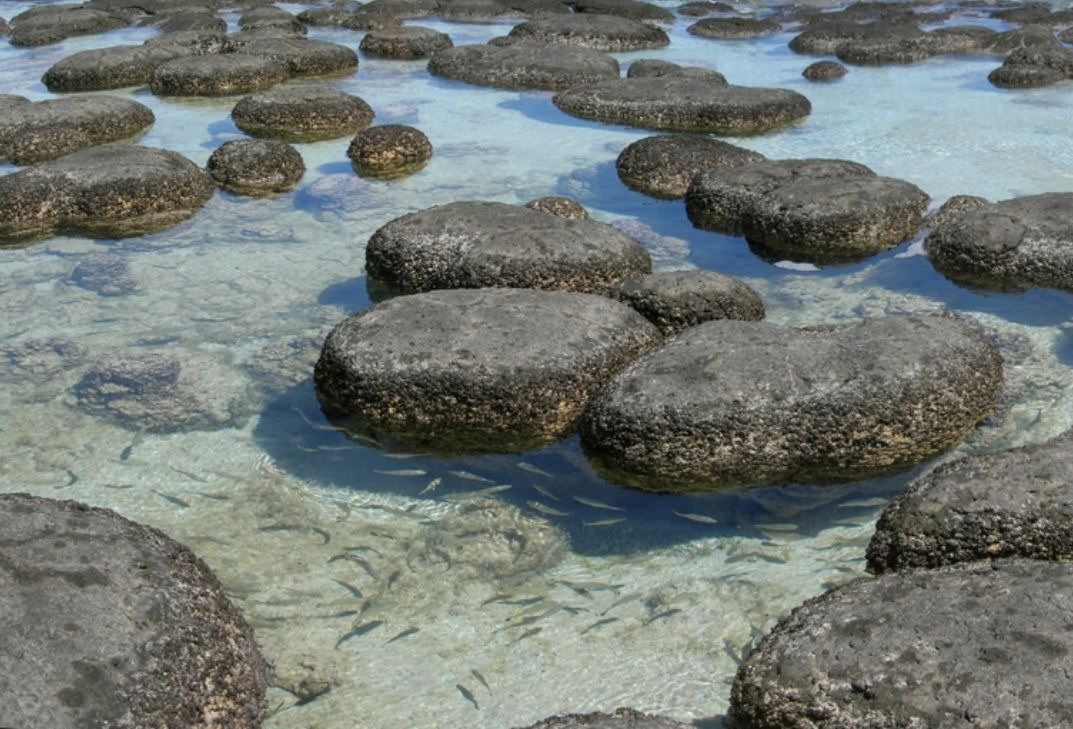
Unfortunately we were unable to take a closer look as the pier was another casualty of recent storms. To me they looked just like rocks! Until now I had no idea what a stromatolite was, let alone their important role in the evolution of our planet.
